ECON2500/7036: International Trade and Investment Policy Assignment 2
VerifiedAdded on 2023/06/10
|7
|738
|197
Homework Assignment
AI Summary
This document presents a comprehensive solution to an International Trade and Investment Policy assignment. The solution begins by classifying various transactions as domestic investment, foreign portfolio investment, or foreign direct investment. It then analyzes indifference curves, determining their validity based on economic principles. The assignment further delves into production possibility frontiers (PPF) for Nigeria and Australia, exploring the impact of factors such as technological advancements and labor migration on the PPF. The solution includes graphical representations of these scenarios, illustrating how changes in productivity and workforce affect a country's production capabilities and, consequently, its balance of payments. The assignment also references relevant academic literature to support its analysis.
1 out of 7
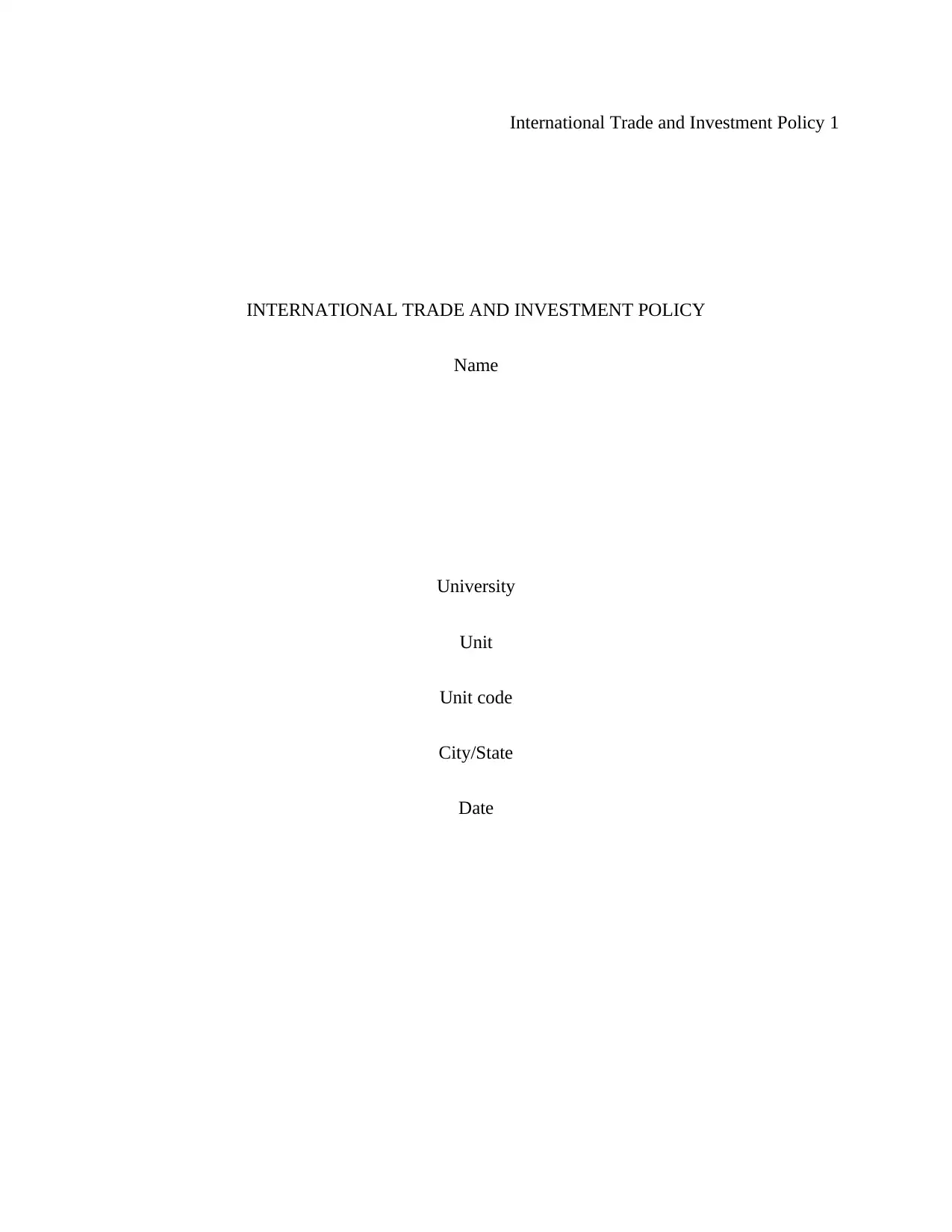
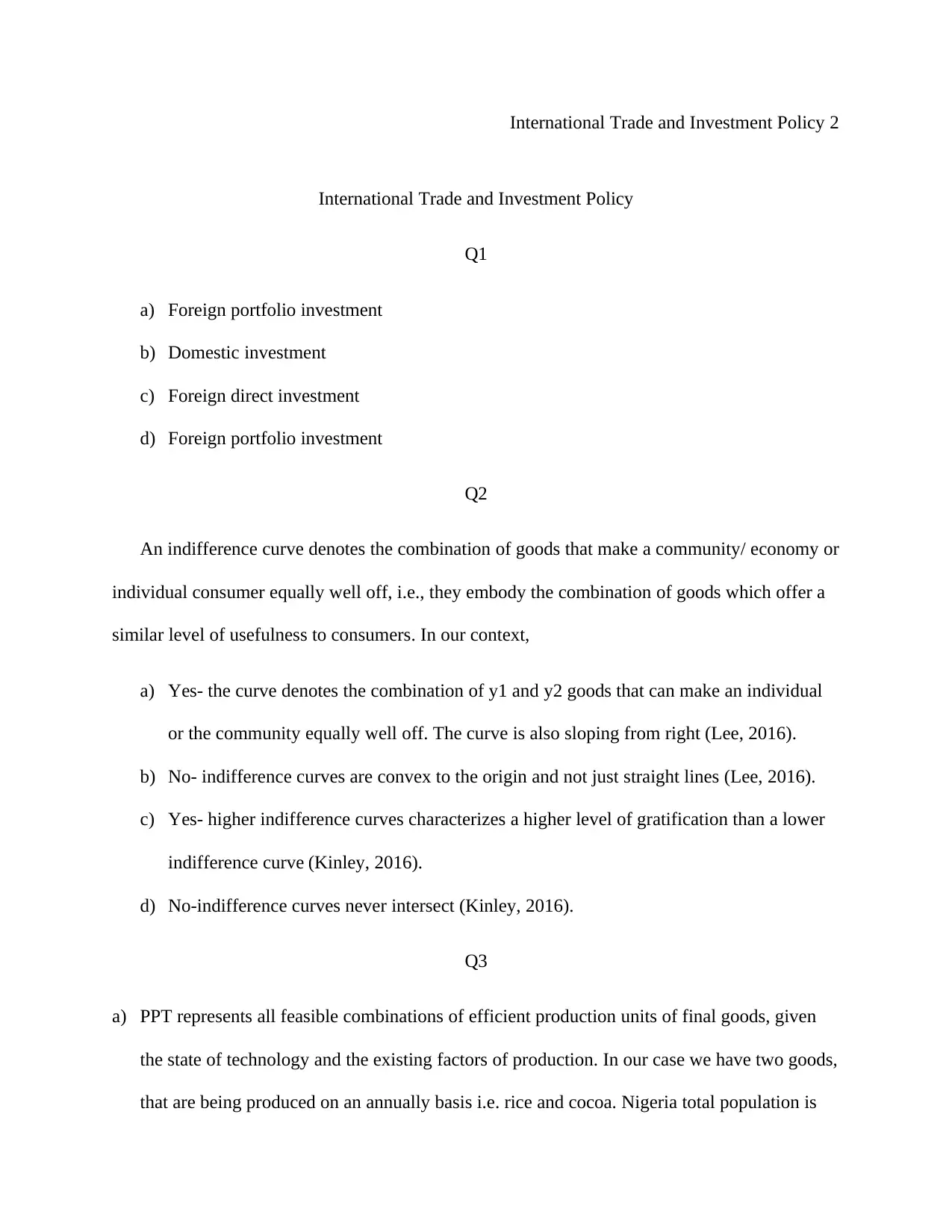
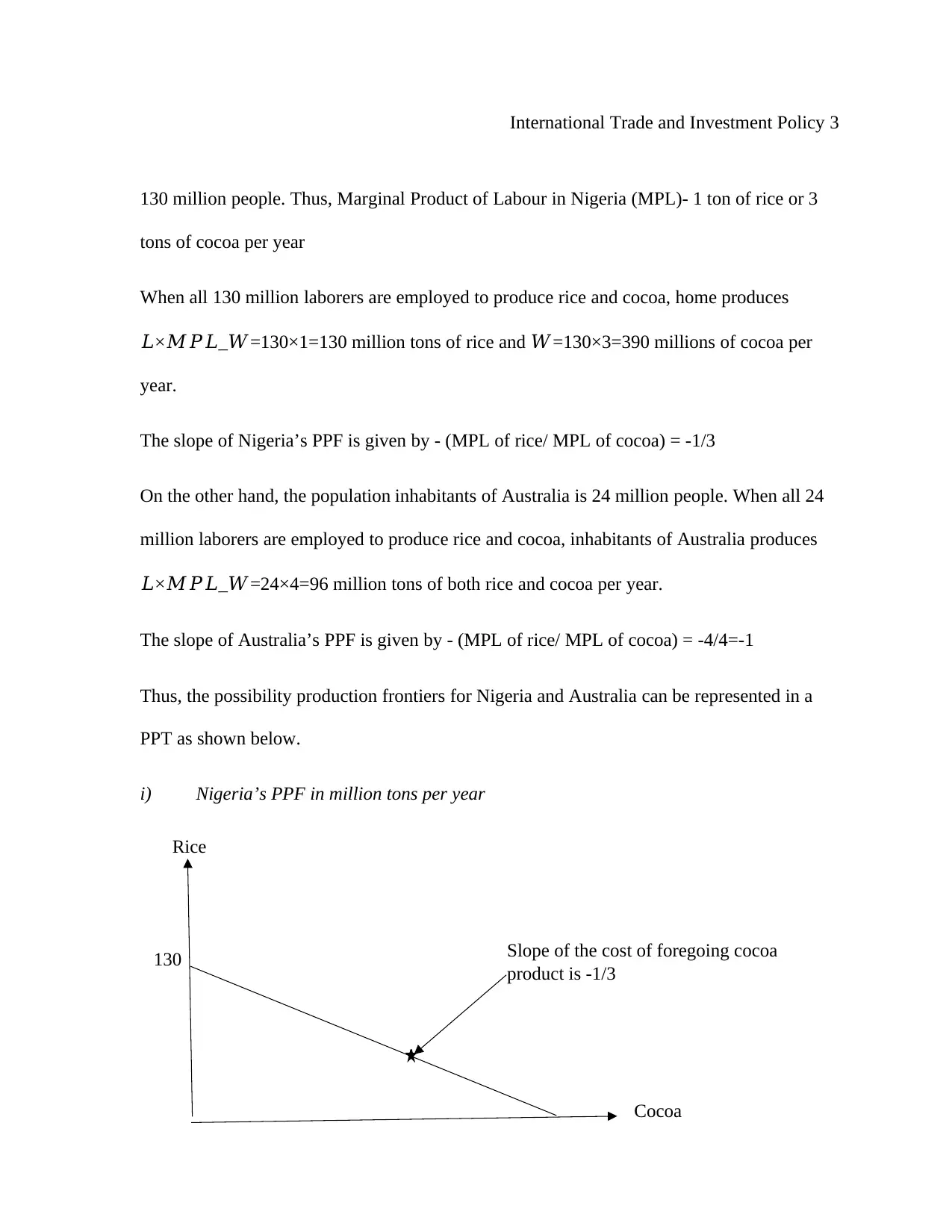

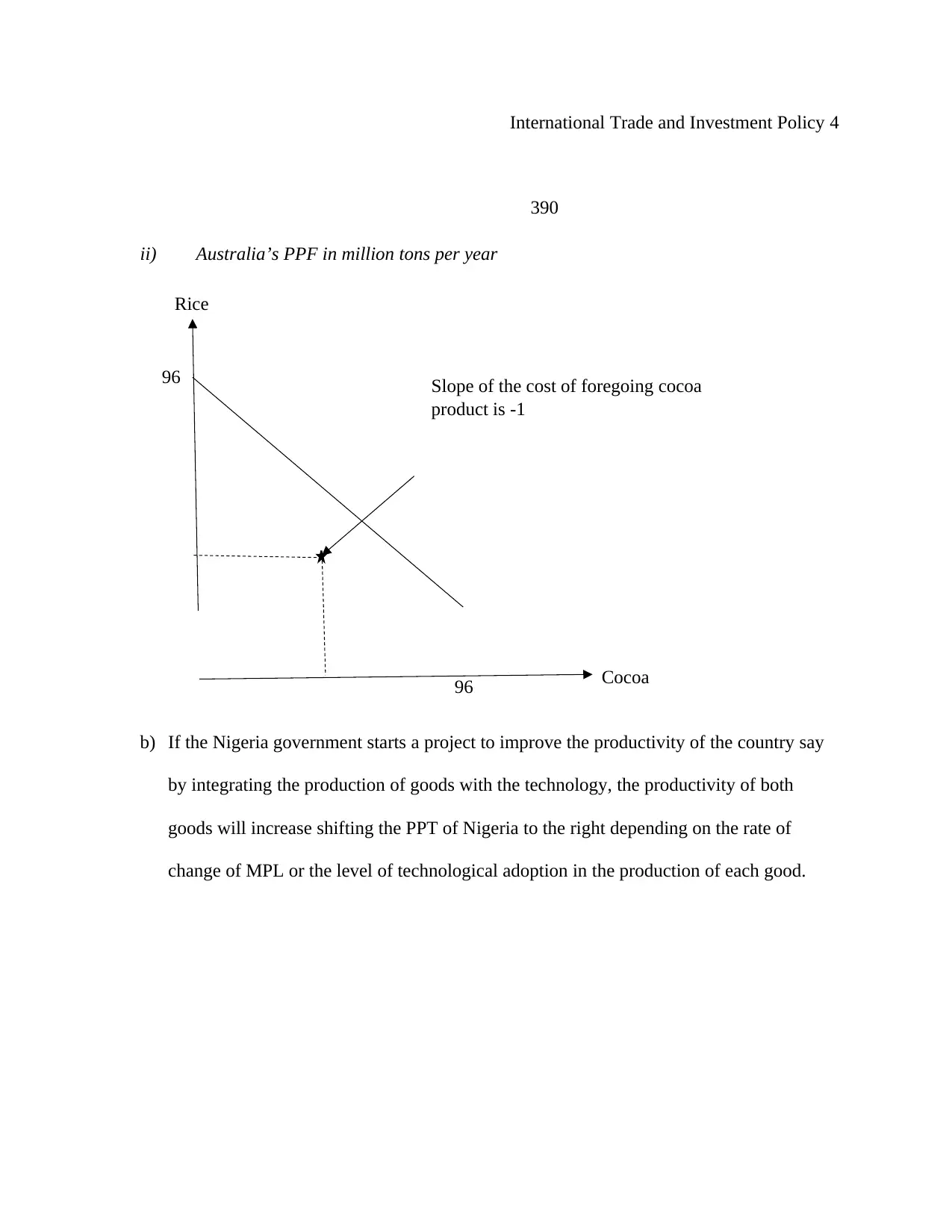
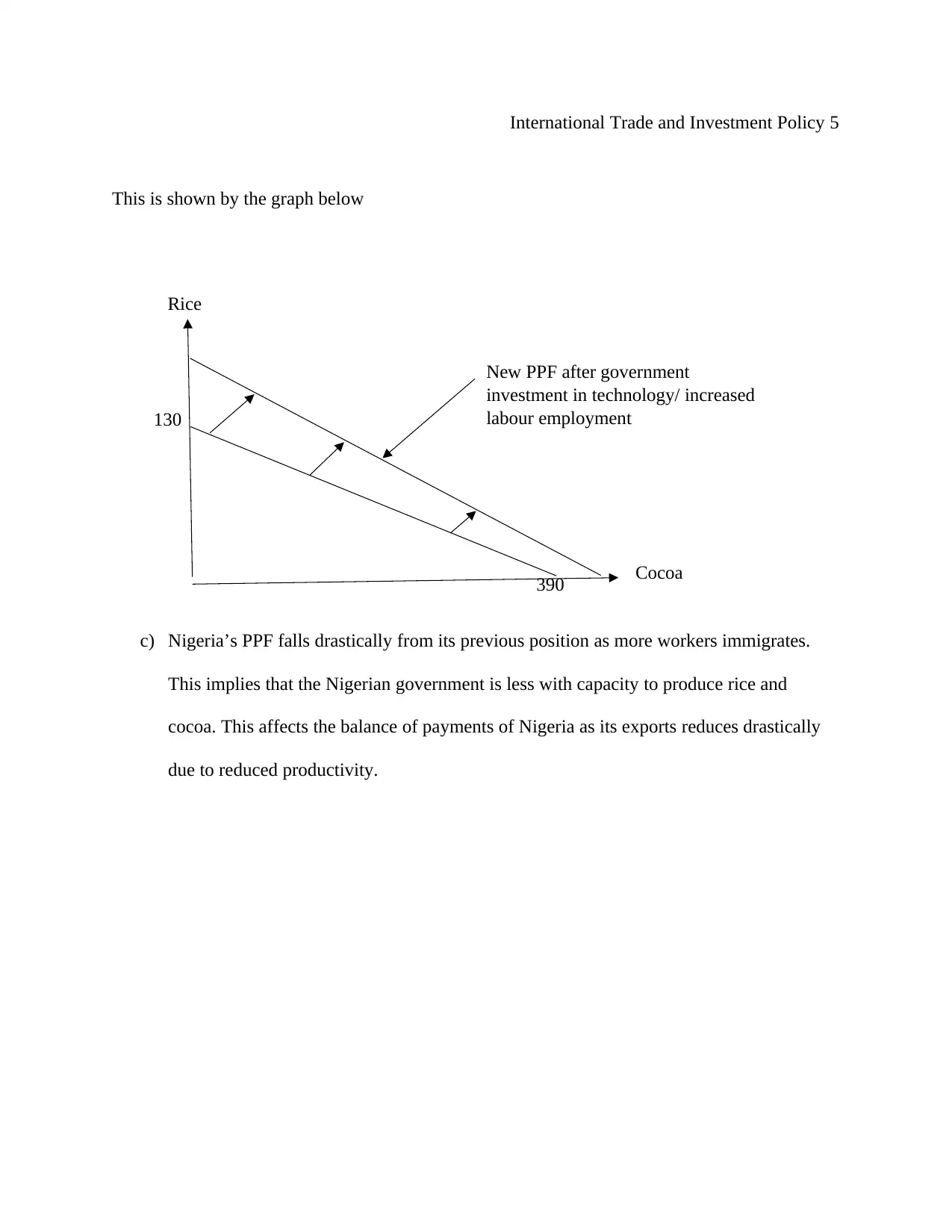
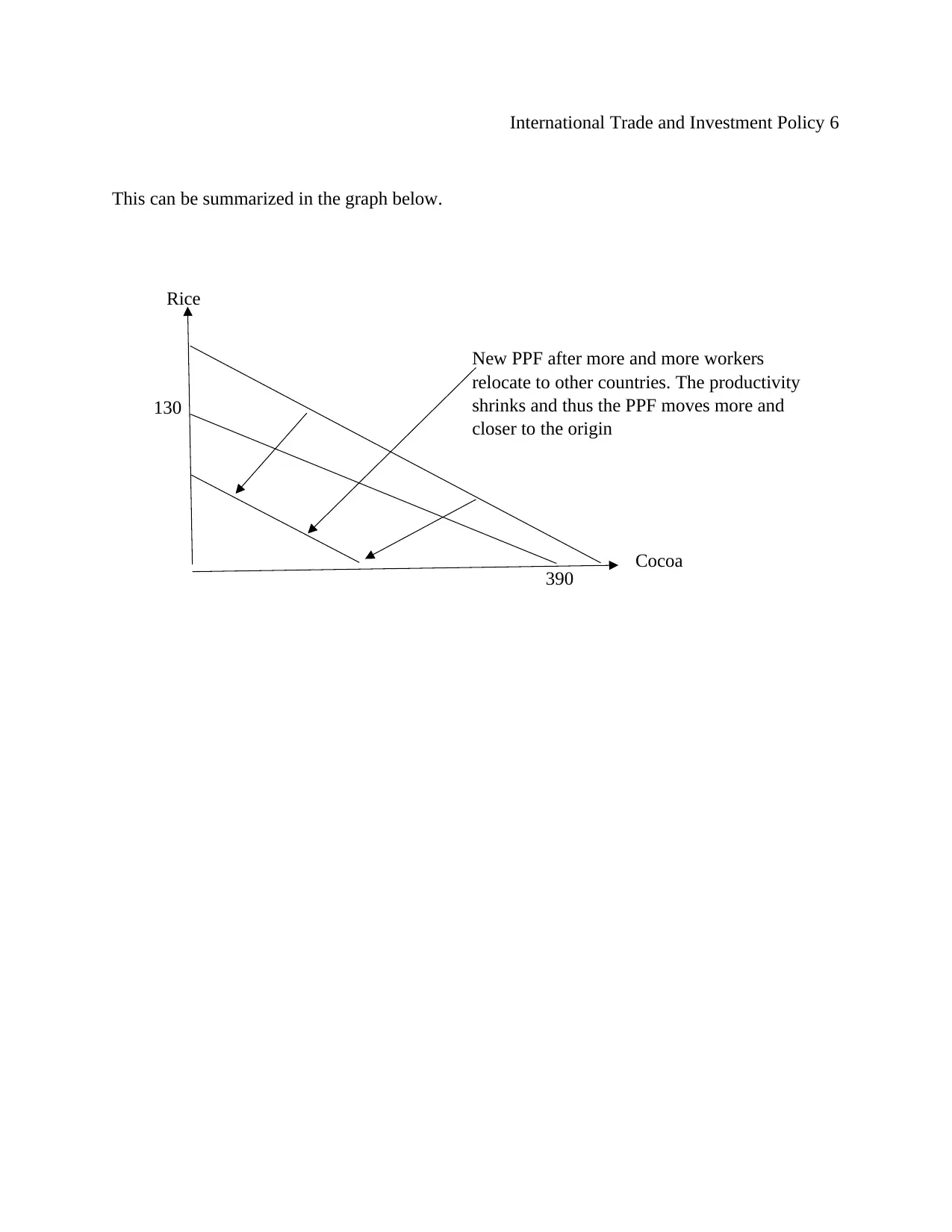
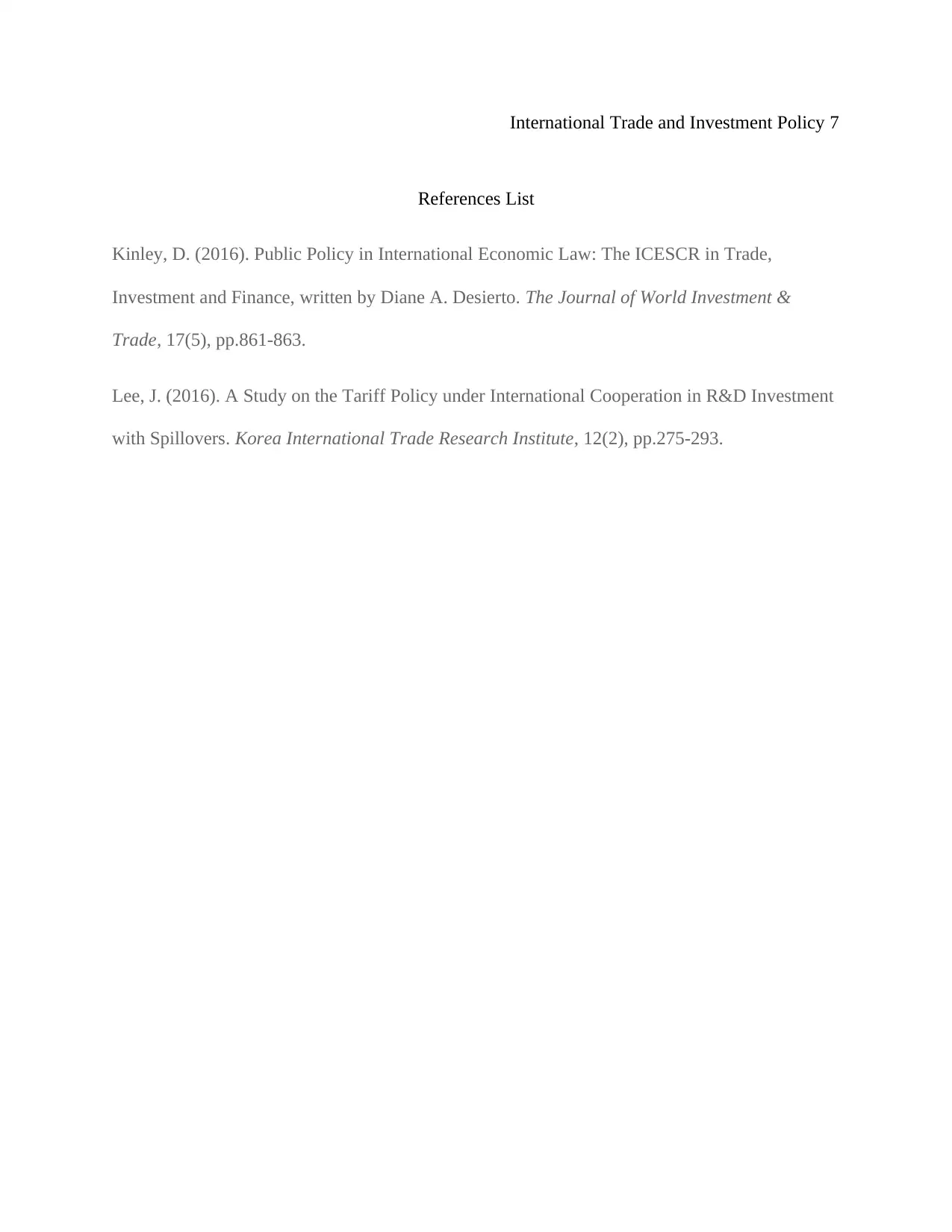
![[object Object]](/_next/static/media/star-bottom.7253800d.svg)